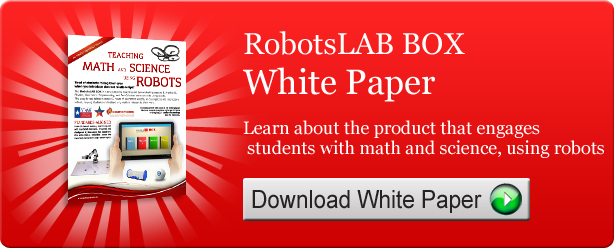Gamification, for those of you too busy earning a living and raising a family to keep up with the new words added almost daily to the popular tech lexicon, is a term first used by Nick Pelling a British computer programer in 2010. According to Wikipedia the term has come to mean "the use of game thinking and game mechanics in non-game contexts to engage users in solving problems".
So what does that mean in the context of STEM learning?
"Engage" is the determinative word in that definition, particularly where STEM Learning is concerned. As most teachers might agree, engaging student interest in the disciplines providing the required skills for a successful career in science, technology, engineering and math is one of those problems in the most overarching sense of the word. Math teachers, for instance, have spent their careers trying to interest their students in a subject that for most of human history seemed to have little practical use in the students’ future. Technology, however, has allowed the modern math teacher another shot at the goal. It’s no secret that students that enjoy what they are doing tend to learn more than those that do not. Instead of forcing their students to rote learn a series of boring, seemingly meaningless mathematical procedures by joylessly copying them again and again on paper or blackboard, the teacher can now engage their attention by incorporating those math procedures into enjoyable games.
We here at RobotsLAB are proud to find ourselves as one of the top 100 innovators in this new educational paradigm, the gamification of education. That means that math teachers and other instructors in the STEM learning field have found our RobotsLAB BOX a valuable, available, affordable learning tool for teaching math in an engaging and creative way.

